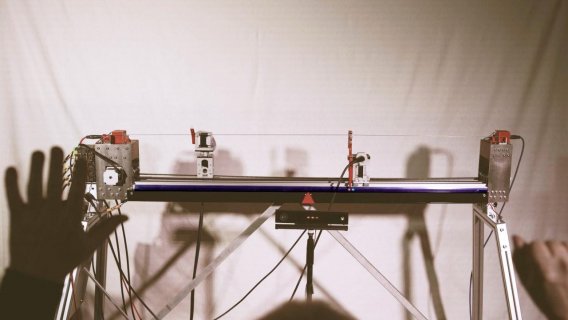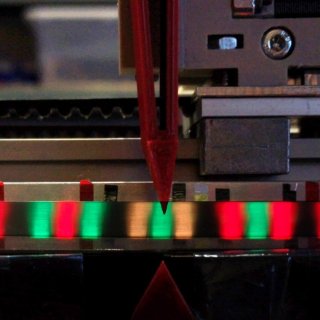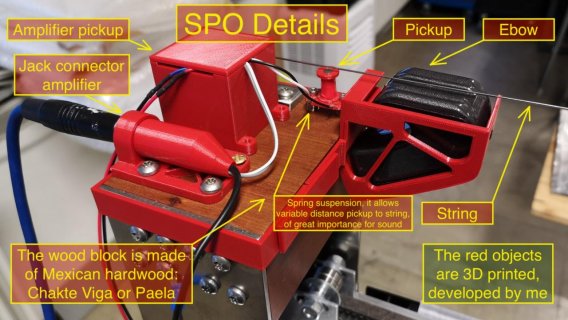teensy36peter
Member

The 1.0 version of the instrument was presented to the public several times. For the first time on July 14, 2019 at the “night of sience” at the University of Frankfurt, and in 2019 at the SKOP festival “Computer-Music V” in Frankfurt. Due to the corona pandemic, the other concerts with the instrument could only take place via the Internet, on March 29, 2020 and October 21, 2020. A composition by Phill Niblock, New York was realized with the instrument and came in December 2020 in New York, at Roulette, premiered. The development of the instrument began 3 1/2 years ago and at the beginning it was not foreseeable that it would develop in this way.
Some developments have been made since version 1.0. They include extensions on the software and hardware side.
Tunings Systems
Pure tuning, Pythagorean tuning, 6th-root-of-2, 53th-root-of-2 and 106th-root-of-2. These tunings found their previous applications in different programming / compositions. The tuning systems are combined as a unit to display small and smallest intervals. Individual tuning systems are visually indicated by different colors of the LEDs, see picture. When certain positions are reached, the corresponding LEDs flash.
Light-Case
Extension of the instrument by a light case with 189 LEDs. Here the different tunings are marked by different colors, see picture.
Gesture Control Camera
Augmented Reality, the instrument can be classified under this heading. The instrument becomes augmented reality essentially through the Kinect V2 camera, because it makes the instrument playable for "all people" via gesture control and light signals.
Left hand controls the left slider with the pick, right hand controls the right slider with the string divider. Close left hand, strike the pick. Close right hand, string divider up. Pointer finger and middle finger of the right and left hand control the loud-quiet motor. The illuminated LEDs show the way across the instrument and thus into the possible tonal range.
View attachment 246898
Anyone can play the instrument. No knowledge is required. The only request: always play within the range of the lighted LED's and listen to the notes.
Computer - Microcontroller
Notebook: i7, 32 GB RAM, Windows 10, runs the Kinect camera program and sends the data to the interface.
Microcontroller: 1 teensy 3.6 controls 5 motors; different arrays talk to the LEDs, which are coupled with arrays of motor positions; evaluates the camera data and sends the data to the motors. A small controller interfaces the camera data to the teensy via TX and RX. The camera-Teensy interface was programmed by Thomas Perizonius, who was also involved in the development of the pickups. The development time so far is 3 1/2 years.
View attachment 246878
www.wiessenthaner.de/Images/SPO/2021_03_29_Test_3_Handgesten.mov
www.wiessenthaner.de
Attachments
Last edited:







